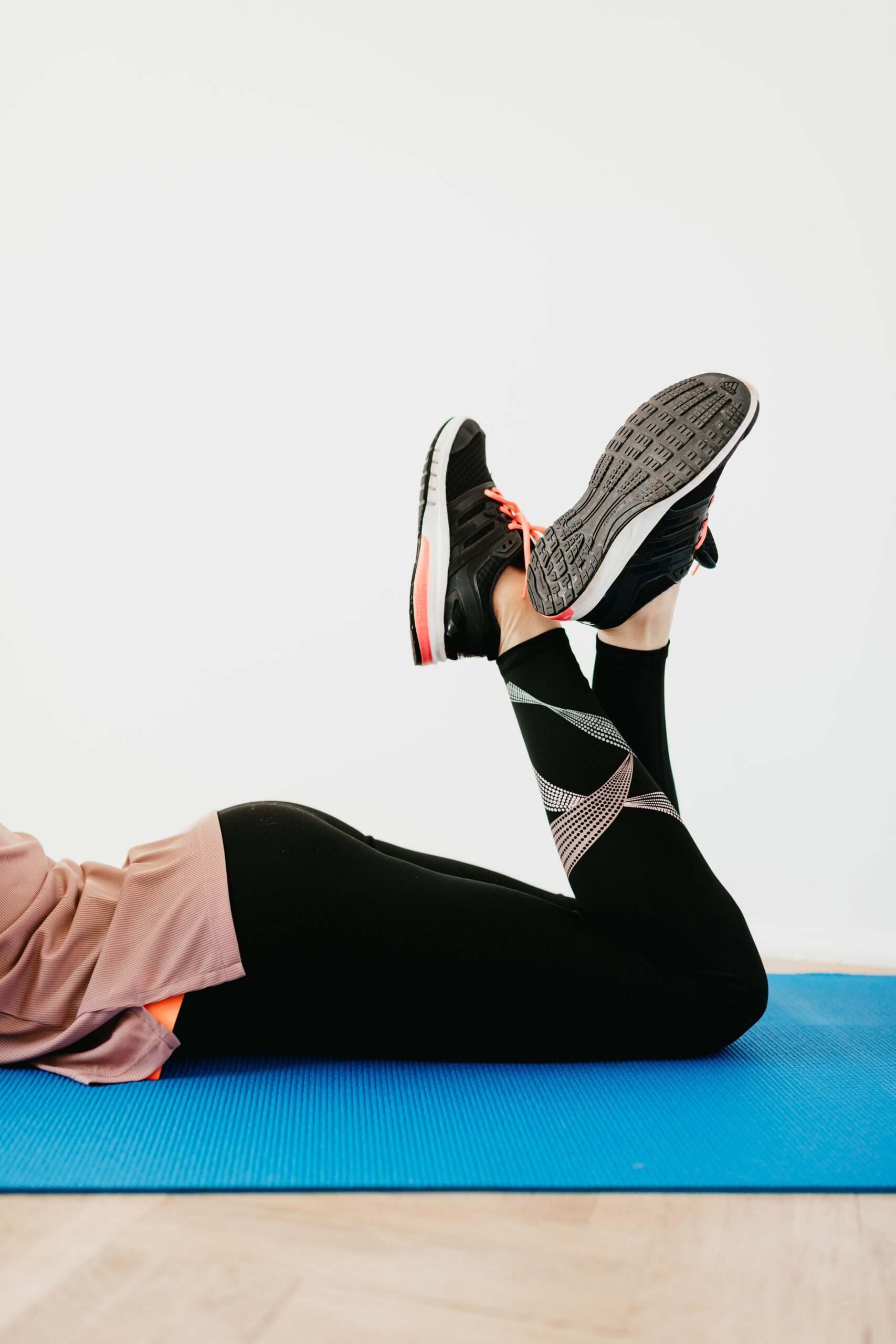You probably already know that exercise helps your body deal with pregnancy changes by keeping you strong and flexible. But, did you know that maintaining an exercise routine throughout your pregnancy may help you have a lower chance of a complication during your labor and delivery?
Research in the field of prenatal exercise has suggested that there may be birthing benefits that include a lower incidence of preterm labor and cesarean section in women who exercised to the end of their pregnancy. Some research has found that exercise significantly reduce the duration of the second stage of labor in women who exercising throughout pregnancy. Exercise, such as walking, during pregnancy can also lower the odds of you needing to be induced! There’s even evidence that exercise such as yoga may help ease pain perception during labor—possibly by training the mind to focus more effectively and incorporate relaxation techniques during times of stress. Knowing that exercise may positively impact your labor and delivery can provide even more motivation to keep fit.
Here are the takeaway points for improving your odds of complication-free labor and delivery:
- Do some type of aerobic exercise 5-6 days a week.
- Add flexibility training and yoga to your routine.
- Make sure you strength train three days a week.
- Modify your fitness routine as needed so you’re able to continue exercising to the end of your pregnancy (that’s important for keeping weight gain within normal limits and, in turn, keeping baby weight from getting too high, which can increase the risk of C-section).
References
Am J Obstet Gynecol 2017;216:335–7.Berghella V, Saccone G. Exercise in pregnancy
J Gynecol Obstet Hum Reproduction 2020 Jun;49(6):101736. The effect of antenatal exercise on delivery outcomes: A systematic review and meta-analysis of randomized controlled trials. Ahmed Taher Masoud1, Mohammed M AbdelGawad1, Norihan Hatem Elshamy1, Omar Magdy Mohamed1, Zeinab Y Hashem1, Ahmed K Abd Eltawab1, Ahmed Samy2, Ahmed M Abbas
Int J Environ Res Public Health. 2020 Aug; 17(15): 5274. Effect of Antenatal Exercises, Including Yoga, on the Course of Labor, Delivery, and Pregnancy: A Retrospective Study
Pereira IB, Silva R, Ayres-de-Campos D, Clode N. Physical exercise at term for enhancing the spontaneous onset of labor: a randomized clinical trial [published online ahead of print, 2020 Mar 29]. J Matern Fetal Neonatal Med. 2020;1-5. doi:10.1080/14767058.2020.1732341
© WKU {2022} All rights reserved.









